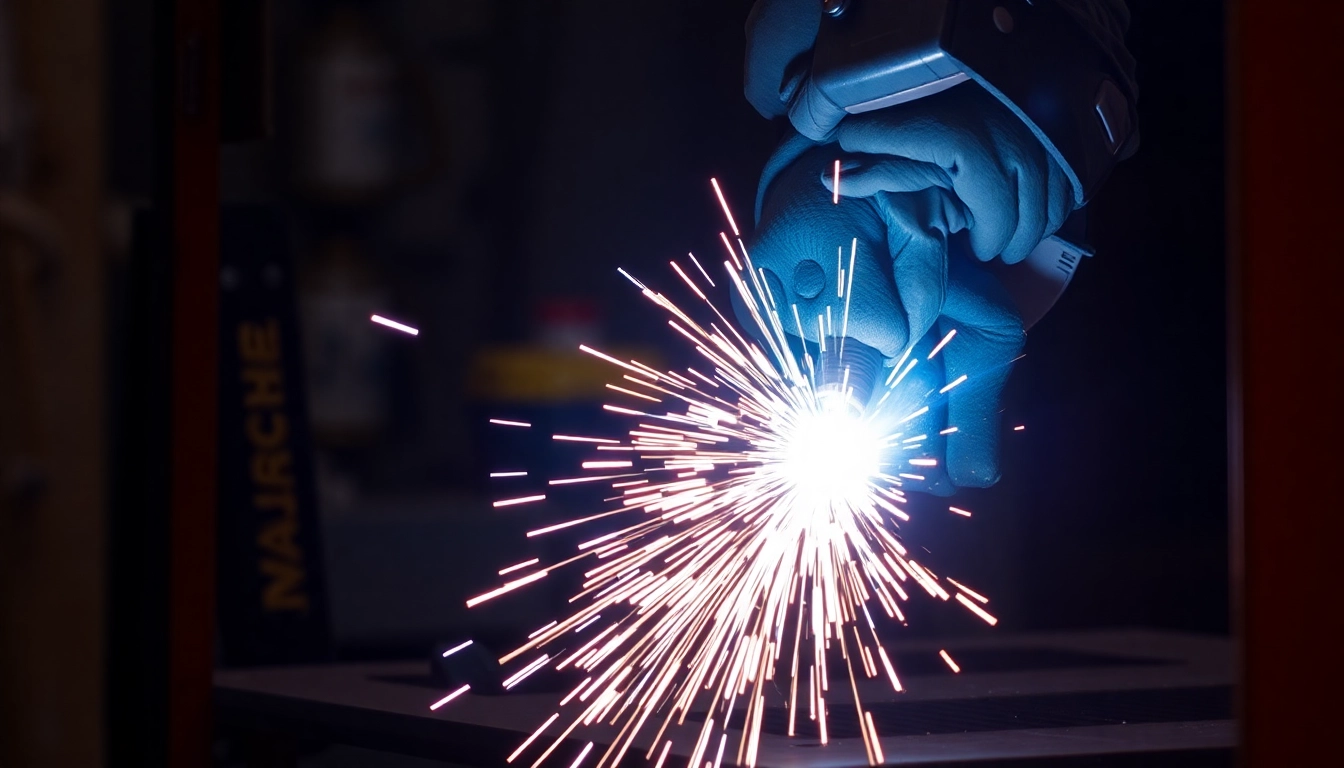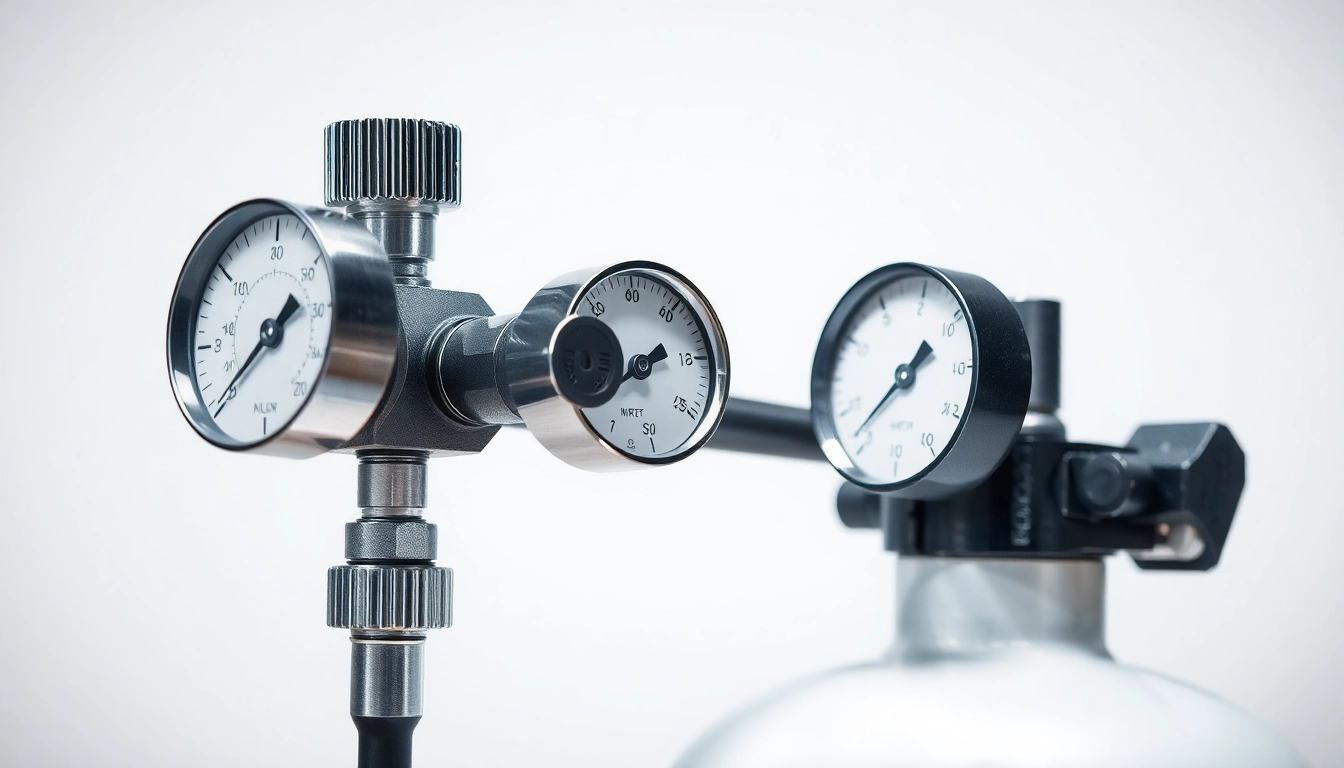Understanding Adhesive Films
What are Adhesive Films?
Adhesive films are thin layers of adhesive material that are designed for use in bonding surfaces in a variety of applications. Unlike traditional adhesives, which may come in liquid form requiring mixing or application through a syringe, adhesive films are solid at room temperature and become tacky when exposed to heat or pressure. This unique property makes them incredibly useful in industries such as aerospace, automotive, and defense, where precision and reliability are paramount. You can find a detailed overview of various types of adhesive films at https://www.makobond.com/adhesives-films.
Key Properties and Benefits of Adhesive Films
Adhesive films boast several key properties that set them apart from traditional adhesive methods:
- Controlled Thickness: Adhesive films are manufactured in specific thicknesses, ensuring uniform application and consistent bond strength.
- Temperature Resistance: Many adhesive films are engineered to withstand various temperatures, making them suitable for demanding environments.
- Weight Efficiency: These films tend to be lighter than liquid adhesives, contributing to weight savings in aerospace and automotive applications.
- Clean Application: The solid nature of adhesive films minimizes mess during application and reduces the risk of bonding errors associated with liquid adhesives.
- Durability: Adhesive films can provide long-lasting bonds under various stress conditions, contributing to the longevity of the materials they bind.
Applications of Adhesive Films in Industries
Adhesive films are widely utilized in numerous sectors. Here are some of the prominent applications:
Aerospace
In the aerospace sector, adhesive films are crucial for bonding composite materials used in aircraft structures. The ability to achieve a lightweight bond that maintains structural integrity is vital for flight safety and efficiency.
Automotive
Automotive manufacturers leverage adhesive films to bond various elements of vehicles, including interior components and structural parts, allowing for more flexible designs and improved performance.
Defense
In defense applications, the reliability and strength of adhesive films are paramount, as these films are used in constructing equipment that must withstand harsh conditions.
Types of Adhesive Films
Overview of Common Adhesive Film Types
Adhesive films come in a variety of types, each formulated to meet specific application needs:
- Epoxy-based Films: Known for their superb bonding capabilities and chemical resistance, epoxy-based films are widely used in structural bonding.
- Polyimide Films: Ideal for high-temperature applications, polyimide films can sustain extreme conditions without losing their adhesive properties.
- Polyester Films: These affordable films are often used in less demanding tasks but provide good adhesion for general-purpose applications.
- Rubber-based Films: Known for their excellent flexibility and high initial tack, rubber-based films are used where movement and vibration are common.
Comparative Analysis of Adhesive Film Properties
| Film Type | Bonding Strength | Temperature Resistance | Flexibility | Typical Applications |
|---|---|---|---|---|
| Epoxy | High | Up to 120°C | Moderate | Aerospace, Automotive |
| Polyimide | Very High | Up to 200°C | Low | Electronics, Aerospace |
| Polyester | Medium | Up to 90°C | High | General Purpose |
| Rubber | Medium | Up to 80°C | Very High | Automotive, Consumer Electronics |
Choosing the Right Adhesive Film for Your Needs
Selecting the appropriate adhesive film requires an understanding of the specific demands of your project. Here are key considerations to guide your choice:
- Application Environment: Consider temperature extremes, exposure to chemicals, or moisture levels that the adhesive film will encounter.
- Material Compatibility: Ensure the adhesive film is compatible with the surfaces you intend to bond, as this can affect the overall durability of the bond.
- Load Requirements: Assess the load that the bond will need to withstand. Higher strength requirements may dictate the use of a more robust film type.
- Application Method: Evaluate how the adhesive will be applied—manual, automated, or through additional activation methods like heat or pressure.
Application Techniques for Adhesive Films
Preparation and Surface Requirements
Proper preparation of the surface is critical to achieving optimal bonding with adhesive films. Ensure that surfaces are clean, dry, and free of contaminants. Use solvents or cleaning agents to wipe down surfaces, and allow them to dry completely before application.
Methods for Applying Adhesive Films Effectively
Successful application of adhesive films can be achieved via several methods:
- Heat Activation: Many adhesive films require heat to become tacky. A heat source such as an oven or heat gun can be used to activate the adhesive.
- Pressure Application: Uniform pressure can be applied using rollers or presses to ensure a strong bond. This method is particularly effective in industrial settings.
- Manual Application: For small projects, adhesive films can be applied manually, ensuring careful alignment and pressing to activate the adhesive properties.
Common Mistakes to Avoid During Application
Several common pitfalls can undermine the effectiveness of adhesive films. Here are mistakes to watch for:
- Insufficient Surface Preparation: Not properly cleaning the surfaces can lead to bonding failures.
- Inappropriate Activation: Failing to properly heat or apply pressure can result in weak bonds.
- Misalignment: Poor alignment of the surfaces can compromise the integrity of the bond, so precision is key.
Case Studies of Adhesive Film Success
Industry-Specific Case Studies
Several case studies highlight the transformative role of adhesive films across different industries. For instance:
Aerospace Implementation
In an aerospace assembly process, adhesive films were utilized in bonding composite panels. The results showed significant improvements in assembly speed and weight savings compared to traditional bonding methods.
Automotive Success Story
In the automotive industry, a major car manufacturer implemented adhesive films to bond interior panels. The use of adhesive films allowed for a reduction in the overall weight of vehicles while increasing the strength of the panel bond, leading to enhanced safety ratings.
Challenges and Solutions Implemented
Some challenges faced during these implementations included alignment issues and difficulties in activating the films effectively. Solutions were derived from rigorous testing and adjustments in application techniques, demonstrating the flexibility and adaptability of adhesive film technologies.
Performance Metrics and Results
Resulting performance metrics from these case studies indicated improved bond strength by up to 30% over conventional adhesives, alongside a reduction in assembly time of approximately 20%. Overall, the success of these case studies reinforces the value of adhesive films in enhancing manufacturing processes.
Future Trends in Adhesive Film Technology
Emerging Innovations and Technologies
The landscape of adhesive film technology is evolving rapidly. Several emerging trends include:
- Smart Adhesives: Innovative films are being developed with embedded sensors that monitor bond integrity and environmental conditions.
- Biodegradable Films: As sustainability becomes a critical focus, biodegradable options are emerging for industries seeking environmentally friendly solutions.
- Enhanced Customization: Advanced manufacturing techniques allow for tailored adhesive films that meet specific application needs more effectively.
Regulatory Impacts and Industry Standards
As technology advances, industry standards are also evolving. Regulators are increasingly focusing on ensuring that adhesive films comply with safety and environmental regulations, particularly in aerospace and automotive applications. Staying ahead of these regulations is crucial for manufacturers developing new adhesive films.
Looking Ahead: The Future of Adhesive Films
The future of adhesive films looks promising, with ongoing research and innovation driving improvements in performance, sustainability, and adaptability. As industries continue to embrace composite materials and lightweight designs, adhesive films will play a pivotal role in shaping the future of manufacturing and engineering.



